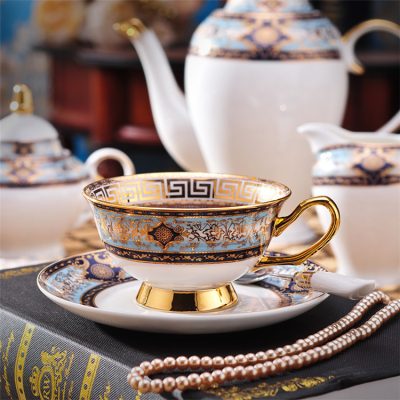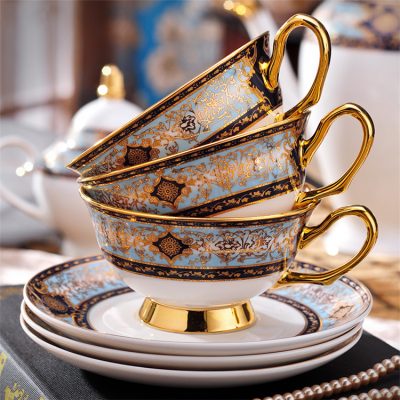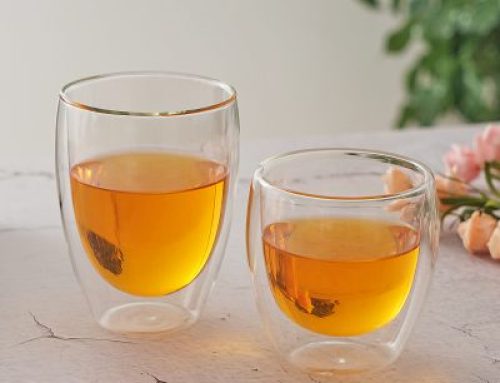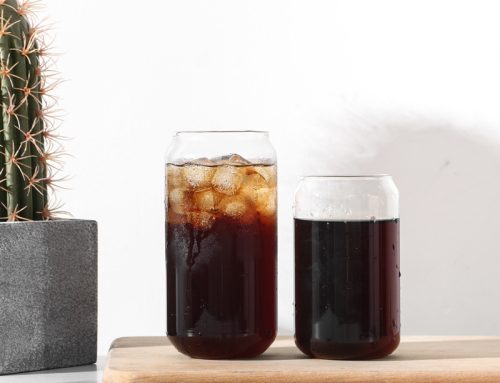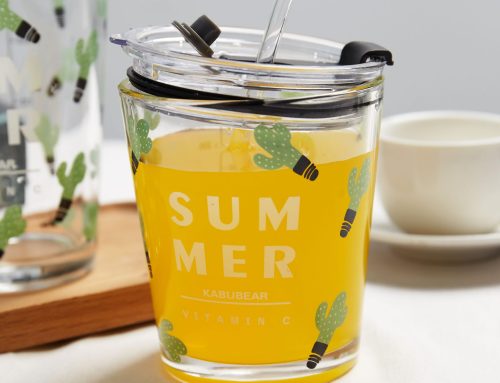The meaning of glaze in Chinese characters means that it has oily luster, so the word “oil” is used to indicate the luster of porcelain appearance. However, because the word “oil” represents food, the word “Cai” indicating glory is modified by later generations, and the word “you” in the word “oil” is added to form the word “glaze”. Glaze is a continuous glass layer attached to the surface of ceramic body, or a mixed layer of glass and crystal. It is possible that the shell made of charcoal as the texture of glaze and shell can also be made of calcium in ancient times. In fact, as early as the Shang Dynasty more than 3000 years ago, our ancestors had learned to decorate ceramics with glaze made of rock and mud.
According to professional experts engaged in the customization of mugs, in the Han Dynasty, paper warm lead glaze with lead as cosolvent was invented. Later, ceramic artists used kiln ash to naturally fall on the green body to form glaze, and then made it with plant ash.
Why can glaze make the surface of ceramic cup smooth?
It is a material for making glaze. The glaze used in the production of modern household ceramics is divided into lime glaze and changgu glaze. Lime glaze is prepared from glaze fruit (a natural mineral material similar to porcelain stone) and grey glaze (the main component is calcium oxide). Feldspar glaze is mainly composed of quartz, feldspar, marble, kaolin, etc. Adding metal oxides or infiltrating other chemical components into lime glaze and changgu glaze will become a variety of glaze colors.
Generally, the thickness of the glaze is only 1-3 of that of the green body, but after roasting in the kiln fire, it is tightly attached to the porcelain body, making the porcelain fine, shiny and soft, impervious to water and gas, giving people the feeling of bright as a mirror. Together, it can improve the application intensity, prevent pollution and facilitate cleaning.
There are many kinds of glazes, including porcelain glaze, pottery glaze and Firestone glaze; According to the firing temperature, the glaze fired below 1100 ° C is called low-temperature glaze, and the glaze fired between 1100 ° C and 1250 ° C is medium temperature glaze, above 1250 ° C
The fired glaze is high temperature glaze; According to the classification of glaze characteristics, white glaze is probably out of people’s love for silverware. The color glaze is welcomed by people because of its colorful colors. The patterns of crystalline glaze are changeable and beautiful. There are a wide range of kiln pattern glaze, which is beautiful. The cracked glaze is clear, simple, elegant and unique. In addition to the above, there are matte glaze, opaque glaze, salt glaze, etc.
